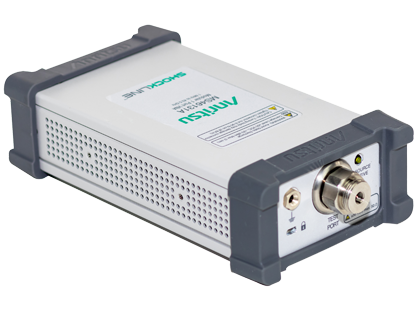Scientists and engineers are constantly working on stealth technology. Using facets and Radar Absorbing Materials (RAMs) such as iron ball paint, Jaumann layers, and foam absorbers; their mission is to make military aircraft, ships, submarines, and missiles virtually invisible to radar detection systems.
Military and major aerospace companies maintain radar cross section (RCS) facilities as part of Radar and Electronic Peacekeeping. Tests are conducted at these labs to verify that stealth designs are successful in reducing RCS to a level that can protect our forces.
Peacekeeping organizations maintain communications systems that can be deployed anywhere and are capable of voice, video and data transmission to aid in peacekeeping operations (PKOs). Technology is being used to help monitor conflicts and arms embargoes, carry out early warnings, and maintain situational awareness necessary to identify threats and support humanitarian efforts.
RADARs Radars can use CW signals, basic pulses and a wide variety of other signal waveforms.
Target Range
Target range is a fundamental use for most radar systems. Radar systems have evolved significantly in how they are constructed, the signals used, the information that can be captured, and how this information can be used in different applications. Radar is used in a wide array of both military and civilian applications, including Surveillance, Detection and tracking, Navigation, High resolution imaging and Weather tracking.
Ground Penetrating Radar
Ground-penetrating radar (GPR) aids in finding buried arms caches, while ground surveillance radars (GSR) detect illegal movements. Peacekeepers detect airspace violations common in war-torn areas using air surveillance radars. Synthetic aperture radar and commercial satellites are used to locate and confirm large refugee movements.
Doppler Pulsed Radar
This is a coherent radar system in which the received pulse-to-pulse phase variations enable the element of speed to be added to the distance and direction of the target. They typically utilize high pulse repetition rates (PRRs), which enables more accurate radial velocity measurements, but have less range accuracy. Doppler pulsed radar systems are used to detect moving targets while rejecting static clutter, which can be very helpful in weather monitoring applications.
Moving Target Indicator (MTI) Radar
MTI radar also uses Doppler frequencies to differentiate echoes of a moving target from stationary objects and clutter. Its waveform is a train of pulses with a low PRR to avoid range ambiguities, at the expense of velocity accuracy. These types of radar systems are often used in ground-based aircraft search and surveillance applications.
Pulse Compression Radar
Short pulse width signals provide better range resolution, but have limited range. Long pulse width signals contain more energy and provide a longer detection range, but sacrifice resolution. Pulse compression combines the power related benefits of long pulse widths with the resolution benefits of short pulse widths.
Point-in-Pulse Measurements
The point-in-pulse measurement quantifies S-parameter data at any point in time within a pulse. The measurements are made with swept frequency or power and plotted accordingly. Point-in-pulse measurements are useful when you need to measure the pulse as a whole, but the structure within the pulse is not of great interest nor is the variation from pulse to pulse.
Pulse Profile Measurements
The pulse profiling measurement focuses on the structure of data within the pulse. The measurements are made in the time domain, while the frequency and power are kept constant. This measurement mode is useful for determining pulse characteristics such as overshoot/undershoot, droop, and edge response (e.g., rise/fall time).
Pulse-to-Pulse
The pulse-to-pulse measurement quantifies variations between pulses in a pulse stream. The measurements are also made in the time domain, while the frequency and power are kept constant.
Anritsu Contact:
Madhukar Tripathi
Head- Marketing & Optical Business
Anritsu India Pvt Ltd
Logix infotech Park, D-5 , Sect 59
Noida 201301 (UP)
Phone + 91 120 4211330-32
=================
Industry’s First 43.5 GHz 1-port VNA Family
Vector Network Analyzers are perfect elements of an RCS measurement system. They have the measurement speed and accuracy – as well as Time Domain capability – to provide the overall S-parameter critical performance information to help ensure successful stealth designs.
The VNA Master and Site Master families are easy-to-use tools to help make these humanitarian efforts successful. Specifically designed for rugged field environments, they are lightweight and have field-replaceable Li-Ion batteries. Their wide operating temperature range means they will work wherever humanitarian operations are needed.
They also employ the Frequency Domain Reflectometry (FDR) measurement technique for distance-to-fault (DTF) measurements. This allows our instruments to locate slight signal path degradation that is missed by other instruments that use Time Domain Reflectometry (TDR) techniques. Such detection capability helps insure the safety and security of peacekeepers, as well as the effectiveness of their missions.
The Anritsu signal generator product line is ideal for radar or peace keeping applications, whether it’s the MG37020A Fast Switching Microwave Signal Generator with 100 µsec typical switching speed or the MG3690C family of microwave signal generators with the most comprehensive emulation and test of high performance narrow pulse radars.


















